LPL Spotlight Stories

U of A Scientists Have Their Eyes on Europa, Jupiter's Mysterious, Icy Moon
The largest spacecraft to ever explore the solar system, NASA's Europa Clipper, will orbit Jupiter and make 49 planned flybys of its moon Europa to study the moon's icy shell and help researchers better understand what lies beneath.
Winds of Change: James Webb Space Telescope Reveals Elusive Details in Young Star Systems
Planet-forming disks, maelstroms of gas and dust swirling around your stars, are nurseries that give rise to planetary systems, including our solar system. U of A astronomers have discovered new details of gas flows that sculpt those disks and shape them over time.
OSIRIS-REx, 1 Year Later: Asteroid Sample Continues to Provide Clues About Early Solar System and Origins of Life on Earth
It's been a year since NASA's OSIRIS-REx spacecraft successfully delivered the largest-ever asteroid sample to Earth on Sept. 24, 2023.
Ali Bramson Receives Ronald Greeley Early Career Award
Dr. Ali Bramson, 2018 LPL Alum, receives 2024 Ronald Greeley Early Career Award in Planetary Sciences from the American Geophysical Union.
Space Rock Summer Camp
Apply to join this exciting opportunity for a small group of undergraduate students to experience the thrill of learning about meteorites through a 2-week immersive introduction at the University of Arizona’s Lunar & Planetary Laboratory.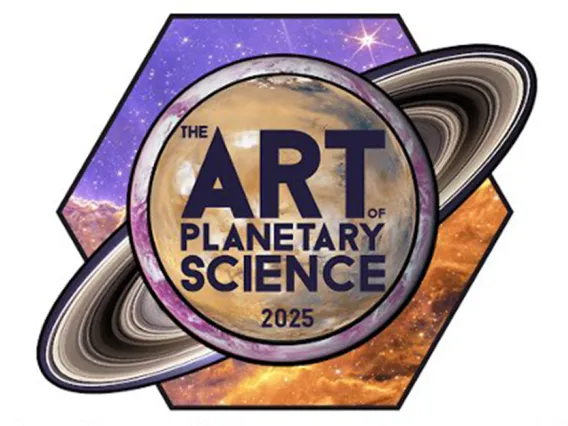
The Art of Planetary Science 2025
The Art of Planetary Science is an annual art exhibition run by the University of Arizona's Lunar and Planetary Laboratory. This year's theme - "50 Years of Discovery and Mystery on Mars".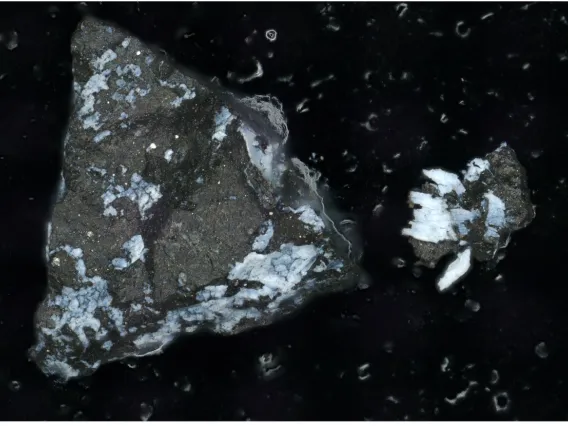
Bennu Holds the Solar System's 'Original Ingredients,' Might have Been Part of a Wet World
OSIRIS-REx sample scientists took a deep dive into the rocks and dust returned from asteroid Bennu. They found that the sample is rich in carbon, nitrogen and organic compounds - essential components for life as we know it.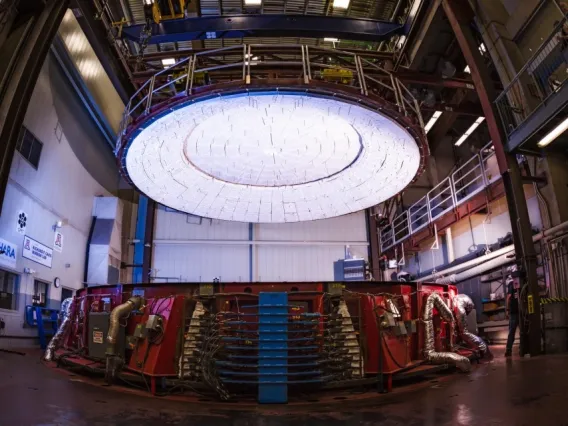
Space Sciences, Water Resources, Geosciences Excel in Latest US News Global Ranking
The University of Arizona earned its best scores in the space science category, placing No. 8 overall, No. 6 in the U.S. and No. 2 among public universities.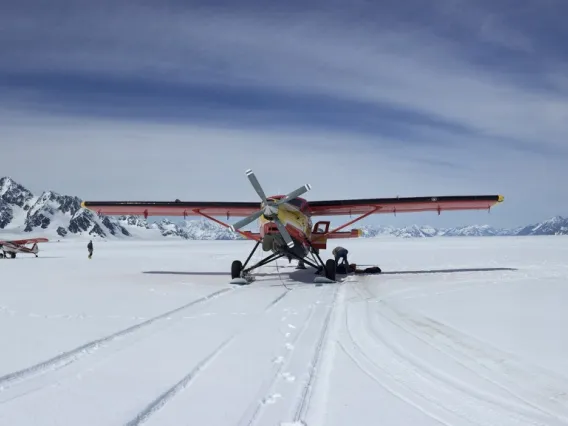
Studying Arctic Glaciers with Airborne Radar: UArizona Project Attracts $30M from NASA
The Snow4Flow mission will measure glaciers' ice and snow thickness and help scientists better predict how glacial melting contributes to sea level change.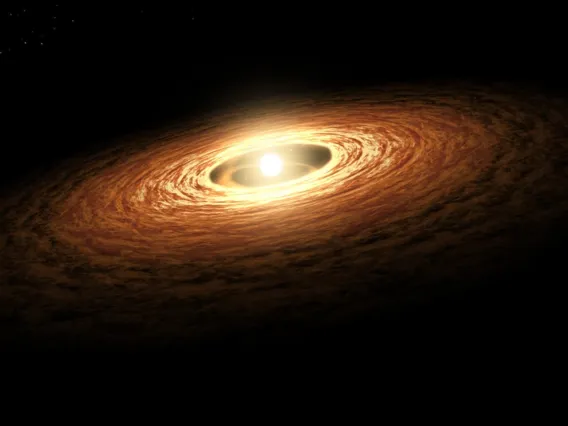
Webb Telescope Finds Plethora of Carbon Molecules Around Young Star
An international team of astronomers, including University of Arizona scientists, has used NASA's James Webb Space Telescope to study the disk of gas and dust around a young, very low-mass star.Pagination
- First page
- …
- 1
- 2
- 3
- …
- Last page

